Selecting the safest light bulbs for your home is a key step in creating a secure, energy-efficient, and comfortable living space. With a variety of lighting options available, understanding which bulbs offer the best safety features can improve household safety while positively impacting energy consumption and the environment. From LEDs to modern incandescents, each type brings unique advantages suited to specific areas and needs within your home. Beyond safety, these choices can contribute to a healthier environment, supporting both energy efficiency and durability. Whether you're upgrading bulbs in your living room, kitchen, or outdoor spaces, choosing the right lighting enhances both safety and comfort for everyone in your household.
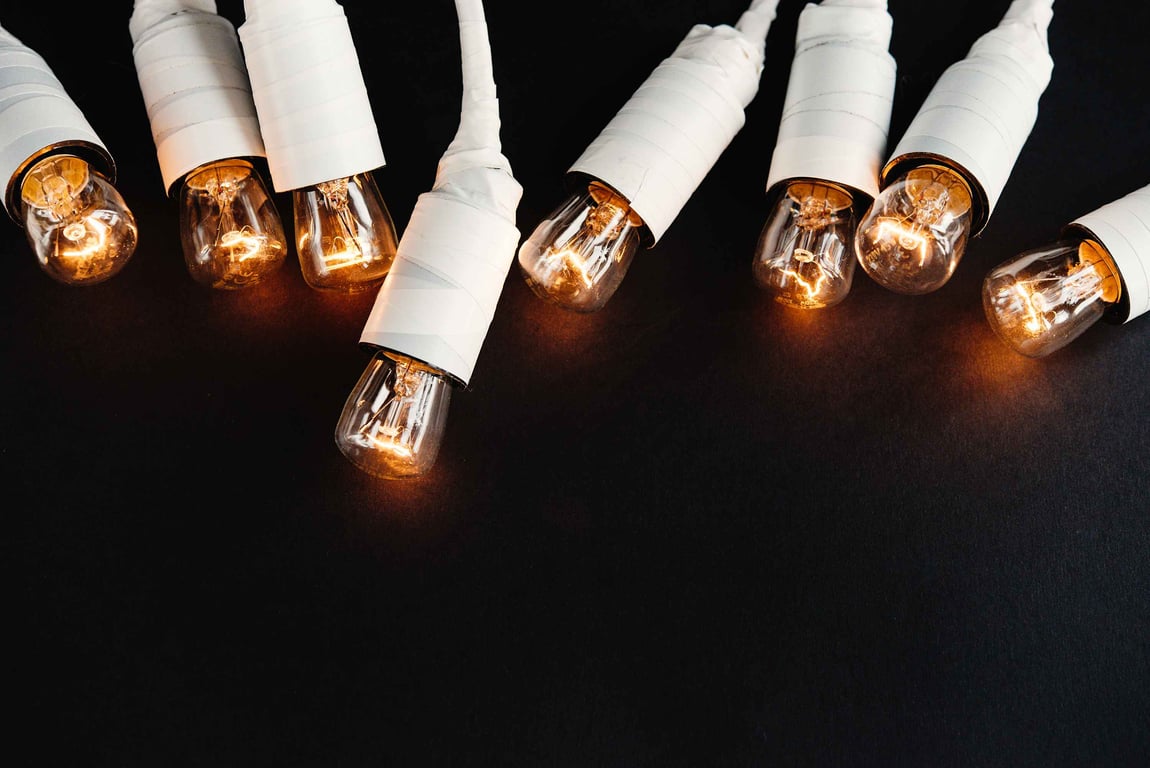
1. LED Light Bulbs
Advantages:
- Energy Efficiency: LED bulbs consume 75% less energy than incandescent bulbs and last up to 25 times longer, saving on both energy and replacement costs.
- Cool to the Touch: LED bulbs emit very little heat, reducing the risk of burns or accidental fires, which makes them a safer option, especially around children and pets.
- Durability: These bulbs are highly durable and less prone to shattering since they are typically made of plastic rather than glass.
Health and Environmental Benefits:
- No UV Emissions: LED lights do not emit harmful ultraviolet rays, which can cause eye strain or damage materials like fabrics.
- Non-Toxic: Unlike some other types, LEDs do not contain mercury or other hazardous materials, making disposal safer for the environment.
- Reduced Flicker: Advanced LED technology has reduced the risk of flickering, which helps prevent eye strain and headaches.
Best Uses: LEDs are versatile and ideal for most areas of your home, from living rooms to kitchens, due to their range of brightness options and color temperatures.
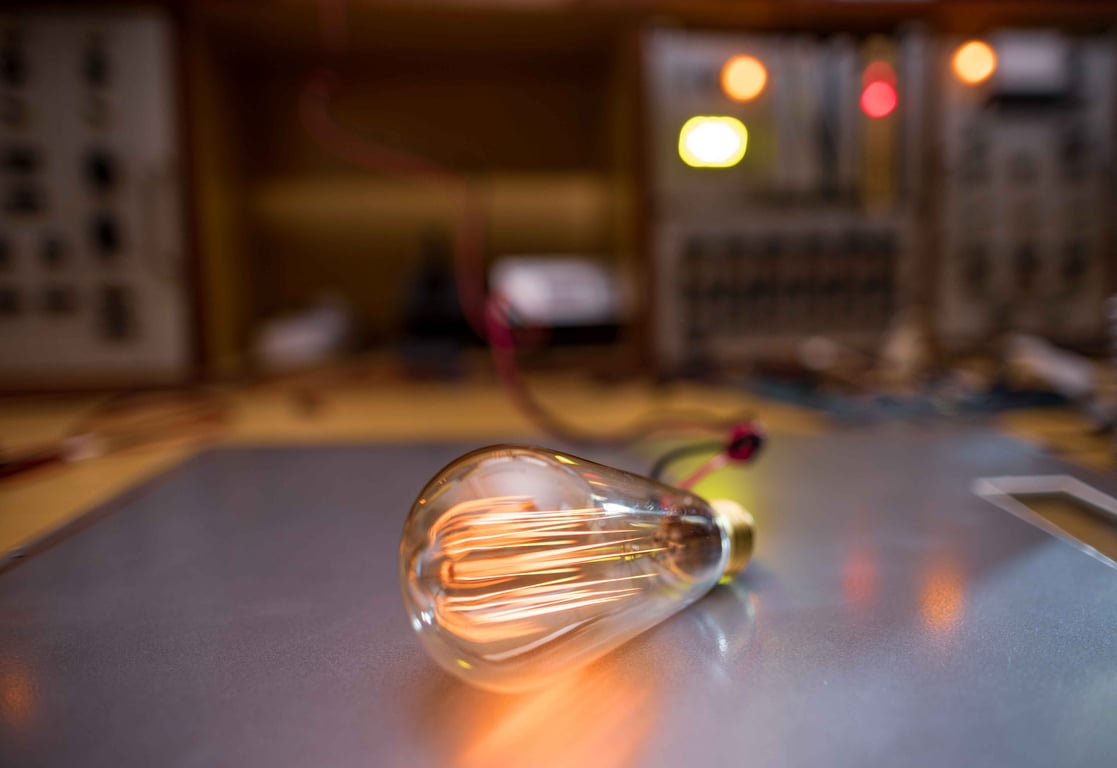
2. Halogen Light Bulbs
Advantages:
- Efficient and Bright: Halogen bulbs provide bright, crisp lighting that closely resembles natural daylight, improving visual clarity.
- Higher Efficiency than Incandescent: They are more energy-efficient than traditional incandescent bulbs, although not as efficient as LEDs.
- Dimmable Options: Halogen bulbs are easily dimmable, making them versatile for creating ambiance without affecting safety or energy consumption.
Health and Environmental Benefits:
- Minimal UV Emission: While they emit some UV rays, many halogen bulbs come with filters that mitigate this effect, making them safer for prolonged use indoors.
- Reduced Heat Output: Modern halogen bulbs are designed to emit less heat than older models, although they can still get hotter than LEDs.
Best Uses: Halogen bulbs work well in areas where bright light is needed for short periods, such as in bathrooms and workspaces. They are also suitable for outdoor lighting, where their higher output can improve visibility.
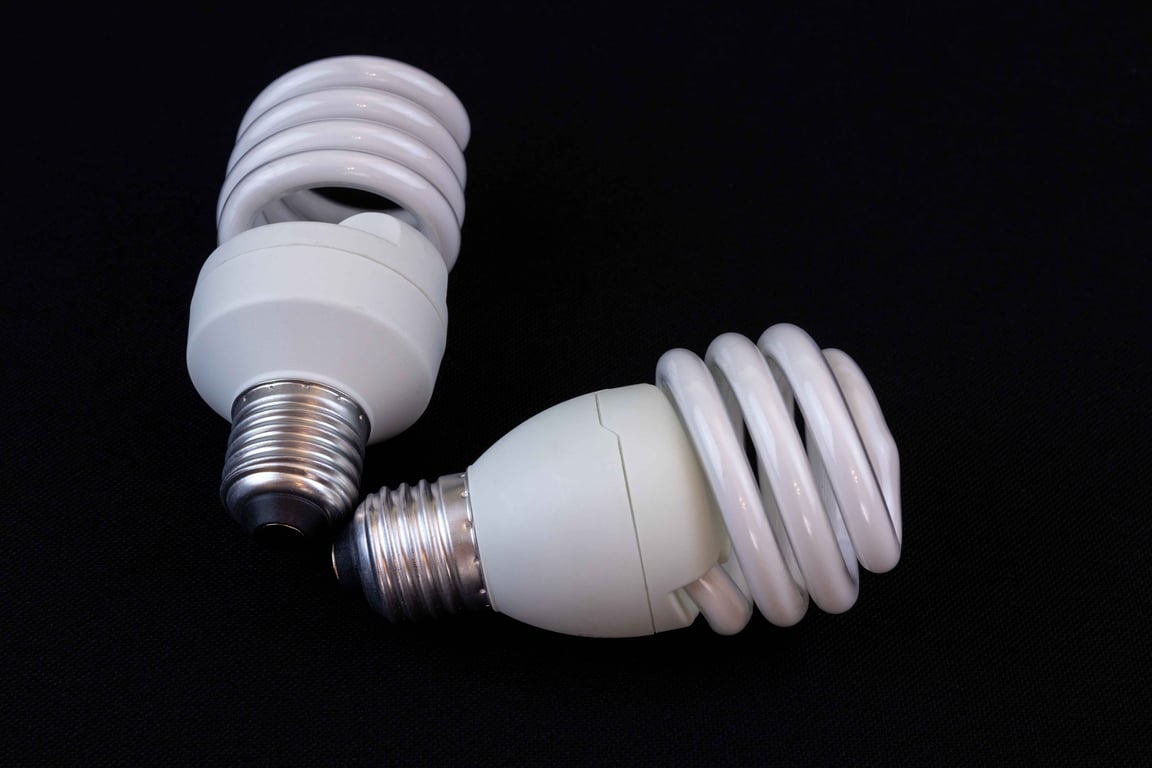
3. Compact Fluorescent Light Bulbs (CFLs)
Advantages:
- Energy Saving: CFLs use about 70% less energy than traditional incandescent bulbs, making them a cost-effective choice for long-term use.
- Long Lifespan: These bulbs have a lifespan of about 10,000 hours, which is 10 times longer than standard incandescents.
- Lower Heat Emission: CFLs produce less heat, which reduces the risk of burns or overheating.
Health and Environmental Considerations:
- Minimal Mercury Content: Although CFLs contain small amounts of mercury, many manufacturers have minimized the mercury content to meet safety standards. Proper disposal is essential to avoid environmental contamination.
- Limited Flicker: Newer CFL models are designed to minimize flickering, providing more stable lighting and reducing the risk of headaches.
Best Uses: CFLs are ideal for rooms that require steady lighting for extended periods, such as basements, garages, and home offices.
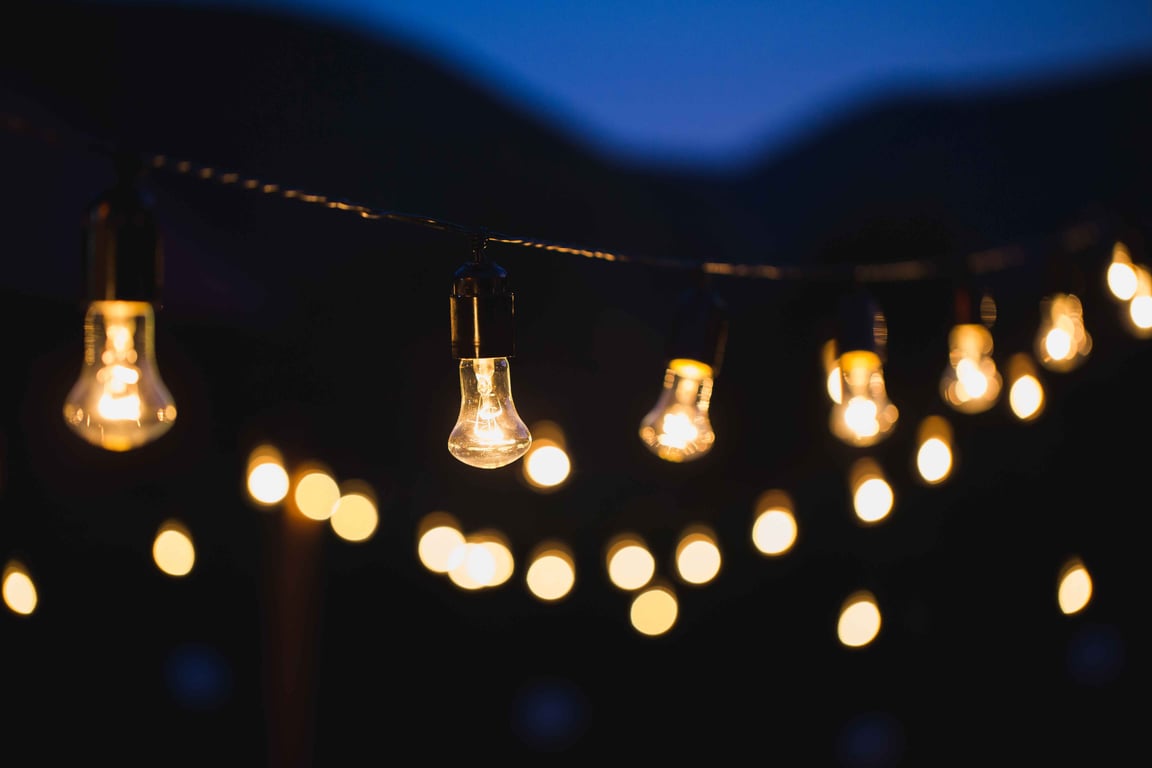
4. Incandescent Light Bulbs (Modern Low-Heat Versions)
Advantages:
- Warm Light Quality: Modern incandescent bulbs offer a pleasant, warm glow, making them ideal for cozy spaces.
- Affordable: These bulbs are widely available and cost-effective, with newer models meeting stricter energy regulations.
- Dimmable: Incandescent bulbs are easy to dim, allowing for customizable light levels that contribute to a comfortable environment.
Health and Safety Factors:
- Low-Heat Variants: Although traditional incandescents can generate high heat, newer low-heat versions are safer for extended use indoors.
- Non-Toxic Disposal: These bulbs do not contain hazardous materials, making them simple and safe to dispose of after use.
Best Uses: Incandescents are suited for living rooms, dining areas, and bedrooms where soft lighting is preferred.
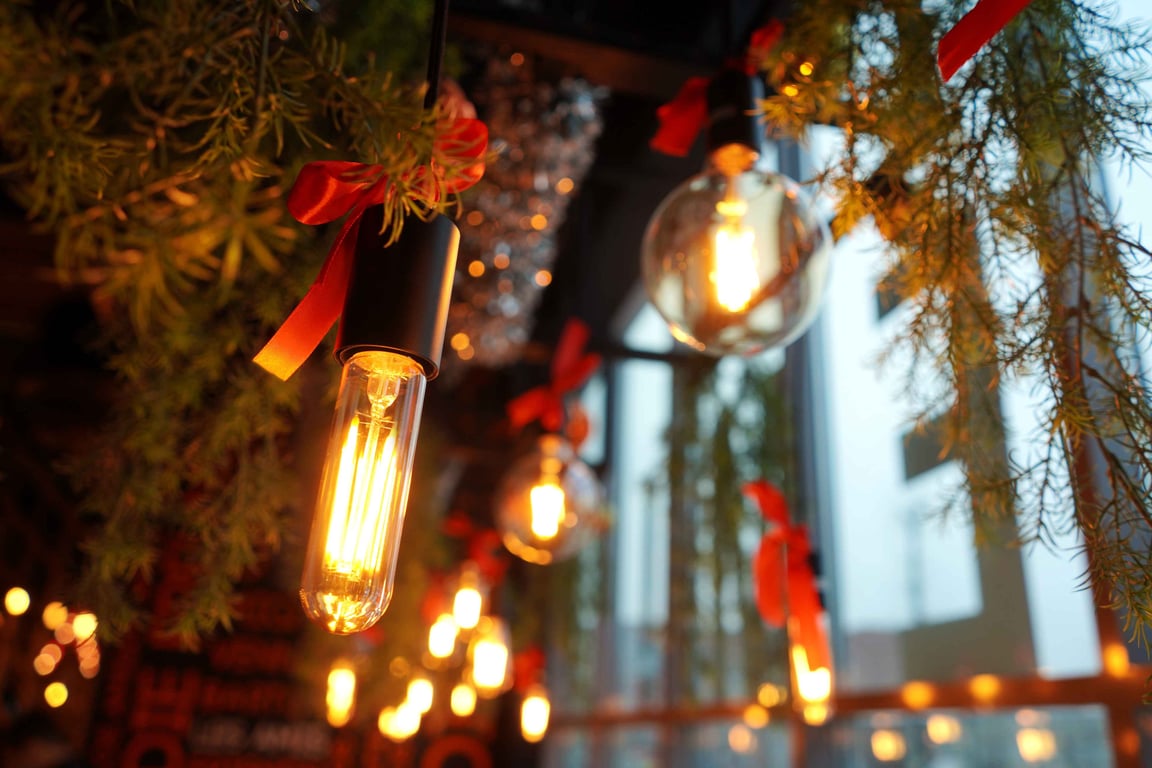
Key Considerations When Choosing Safe Light Bulbs
When selecting the safest lighting for your home, understanding key factors such as energy efficiency, durability, flicker and UV emissions, as well as temperature and heat output, is essential. Here’s an expanded look at why these considerations matter and how they contribute to a safer, more comfortable home environment.
1. Energy Efficiency
High energy efficiency is not only beneficial for your household budget but also reduces the environmental impact. Light bulbs with superior energy efficiency, like LEDs and CFLs, consume significantly less electricity than traditional incandescent bulbs while providing the same level of brightness. This means:
- Reduced Utility Bills: LED bulbs, for instance, use up to 80% less energy, translating into lower monthly electricity costs.
- Longer Lifespan: Efficient bulbs tend to last much longer. LEDs have an average lifespan of 15,000 to 25,000 hours, compared to about 1,000 hours for incandescent bulbs. This longevity not only saves you money but also reduces waste, as fewer bulbs need replacing.
- Environmentally Friendly: Using energy-efficient bulbs helps decrease your carbon footprint. Less energy consumption means fewer greenhouse gas emissions from power plants, making it a sustainable choice that contributes to environmental conservation.
Choosing bulbs with high energy efficiency ensures you’re making a responsible choice that benefits both your finances and the environment.
2. Durability
Durability is especially crucial in areas of your home where bulbs might be exposed to physical impact, such as playrooms, kitchens, or garages. Shatter-resistant bulbs provide a safer solution in these areas by minimizing the risk of broken glass in case of accidental bumps or drops. Durability also means:
- Cost Savings: Durable bulbs need less frequent replacement, reducing long-term costs.
- Enhanced Safety: In high-traffic or high-activity areas, the risk of accidental breakage can pose a hazard. Shatter-resistant bulbs are designed with materials that are less likely to break, providing an extra layer of safety.
- Temperature Resilience: Many durable bulbs, especially those for outdoor use, are built to withstand varying temperatures without compromising performance. This ensures reliable lighting regardless of weather conditions.
Prioritizing shatter-resistant and impact-resistant bulbs in specific home areas adds peace of mind and promotes a safer environment, especially for households with children or pets.
3. Flicker-Free and Low UV Emissions
Flicker and ultraviolet (UV) emissions may seem minor, but they have a considerable impact on both health and comfort. LED bulbs are among the top choices for minimizing these issues, as they are engineered to provide steady light without the frequent flickering associated with older bulb types. Key benefits of flicker-free, low-UV bulbs include:
- Eye Comfort: Flickering light, especially in fluorescent and older-style bulbs, can cause eye strain and fatigue, especially during prolonged use. Flicker-free LEDs create a consistent, stable light that is easier on the eyes, reducing discomfort and strain.
- Headache Prevention: Many people are sensitive to flickering light, which can trigger headaches or migraines. LED bulbs offer a stable alternative that helps minimize these health concerns.
- Material Preservation: UV light emissions can cause materials like fabrics, artwork, and furniture to fade or deteriorate over time. LED bulbs emit minimal UV light, helping preserve the quality of your belongings while also enhancing overall home safety.
Opting for flicker-free and low-UV lighting is particularly beneficial in spaces where you read, work, or spend extended periods, as it fosters a more comfortable and health-conscious environment.
4. Temperature and Heat Output
The temperature and heat output of a light bulb impact both its safety and functionality. Bulbs with high heat output, like traditional incandescents, can reach temperatures that pose a risk of burns, especially in areas where they might be touched accidentally. LED and certain CFL bulbs, on the other hand, emit minimal heat, making them safer and more versatile. Considerations for low-heat-output bulbs include:
- Reduced Fire Hazards: High-heat bulbs, if placed near flammable materials, can increase the risk of fire. Lower-heat options like LEDs greatly reduce this hazard, making them suitable for enclosed fixtures, closets, or small rooms where ventilation might be limited.
- Enhanced Safety Around Children and Pets: Curious kids and pets may touch light fixtures, and low-heat bulbs minimize the risk of burns or injury. This makes LEDs particularly safe for table lamps, bedside lamps, and other accessible fixtures.
- Greater Efficiency: Low-heat bulbs are also more energy-efficient, as less energy is wasted as heat, making them a wise choice for prolonged use without overtaxing air conditioning systems, especially during warmer months.
By choosing light bulbs with low temperature and minimal heat output, you not only protect your home from potential fire hazards but also reduce energy usage, creating a safer, more energy-efficient environment for everyone in your household. Considering additional factors like energy efficiency, durability, flicker-free performance, and low UV emissions when selecting bulbs can further enhance both safety and comfort in your living space. These qualities together ensure that your lighting choices support a healthier, safer home atmosphere for all.
